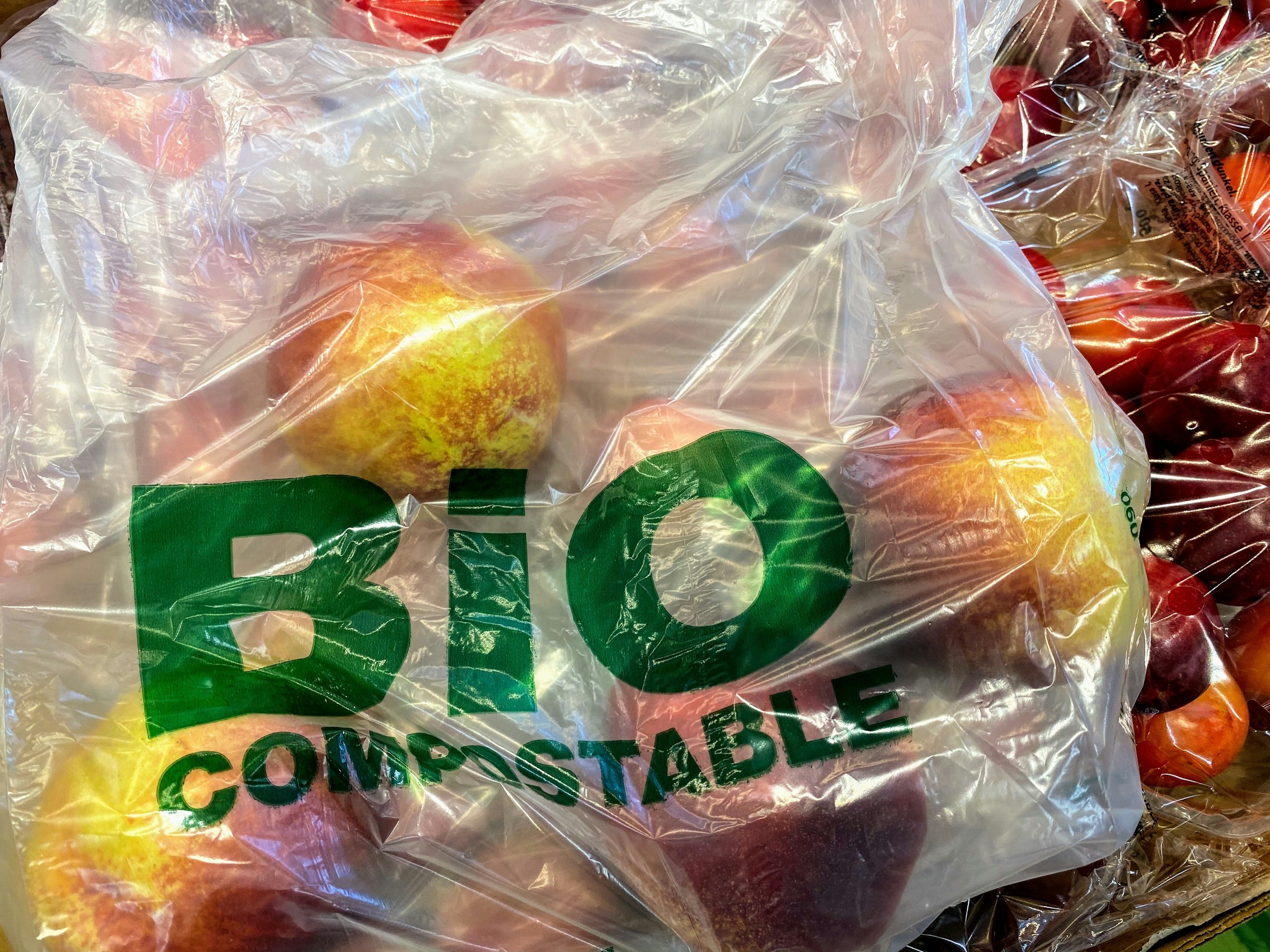Transforming Table Scraps: A Step-by-Step Guide to Launching an Organic Waste Composting System in Your Restaurant
Understanding the Importance of Composting in Restaurants
When it comes to managing waste in the restaurant industry, one of the most significant challenges is dealing with food waste. According to Feeding America, the United States generates approximately 92 billion pounds of food waste annually, which translates to about 145 billion meals and over $473 billion worth of food.
Composting is a crucial step in reducing this staggering amount of waste and creating a more sustainable food system. Here’s why it matters:
Additional reading : Transforming Your Bar Layout: Expert Tips for Optimizing Space on Busy Event Nights
- Environmental Impact: Food waste in landfills contributes significantly to methane emissions, a potent greenhouse gas. By composting, you divert organic waste from landfills, reducing these emissions and helping to combat climate change.
- Resource Conservation: Compost can be used as nutrient-rich soil for gardens and farms, reducing the need for synthetic fertilizers and promoting healthier plant growth.
- Cost Savings: Implementing a composting system can help your restaurant reduce waste disposal costs and potentially generate revenue through the sale of compost.
Assessing Your Restaurant's Waste Generation
Before launching a composting system, it's essential to understand your restaurant's waste generation patterns.
Conducting a Waste Audit
Perform a thorough waste audit to identify the types and quantities of organic waste your restaurant generates. This includes:
In parallel : Transforming Staff Training in Fine Dining: Leveraging Virtual Reality Technology for Enhanced Learning Experiences
- Food Scraps: Kitchen waste from food preparation, such as vegetable peels, fruit rinds, and leftover food.
- Cooking Oil: Used cooking oil that can be recycled or composted.
- Paper and Cardboard: Packaging materials that can be composted or recycled.
- Other Organic Materials: Yard trimmings, coffee grounds, and tea bags.
Here’s a simple way to conduct a waste audit:
- Collect all waste generated over a week in separate bins labeled for different types of waste.
- Weigh and record the amount of each type of waste daily.
- Analyze the data to identify the most significant sources of organic waste.
Setting Up Your Composting System
Setting up an effective composting system involves several key steps.
Choosing the Right Equipment
You have several options for composting equipment, each with its own advantages:
- Mill Food Recycler: An automated, odorless system that transforms food scraps into nutrient-rich compost. This is particularly useful for restaurants due to its ease of use and minimal space requirement.
- Composting Bins: Traditional composting bins that require manual turning and maintenance. These can be more cost-effective but require more labor.
- Denali’s Depackaging Machines: Specialized machinery that separates food waste from packaging materials, ideal for large-scale operations like HelloFresh’s facilities.
Designating Compost Collection Areas
Ensure that your staff knows where to deposit organic waste by designating clear collection areas:
- Labeling Bins: Use clear and visible labels on bins to differentiate between compostable materials and non-compostable waste.
- Training Staff: Educate your staff on what can and cannot be composted to avoid contamination.
Creating a Compost Pile
If you opt for traditional composting bins, here’s how to create an effective compost pile:
- Layer organic materials: Start with a 4-6 inch layer of brown materials (like dried leaves or shredded paper), followed by a layer of green materials (like food scraps or grass clippings).
- Maintain moisture: Keep the pile moist, like a damp sponge.
- Turn the pile: Regularly turn the compost pile to ensure aeration and speed up the decomposition process.
Managing Regulations and Compliance
Composting regulations vary by state and local jurisdiction, so it’s crucial to understand the specific rules in your area.
State and Local Regulations
For example, Massachusetts has one of the most extensive composting networks and enforces strict regulations, including regular inspections and heavy fines for non-compliance.
Here’s a comparison of some state regulations:
| State | Key Regulations | Enforcement Mechanisms |
|---|---|---|
| Massachusetts | Mandatory composting for businesses, extensive composting network | Regular inspections, heavy fines for non-compliance |
| California | Depends on local governments to meet food waste diversion goals | Penalties on businesses at local government discretion |
| Rhode Island | Commercial waste ban, investment in anaerobic digester | Updated solid waste management plan, education and enforcement efforts |
| Vermont | Organic waste laws, but limited effect | Limited enforcement mechanisms |
Compliance Tips
To ensure compliance:
- Stay Informed: Regularly check with local waste management authorities for updates on regulations.
- Educate Staff: Train your staff on the importance of compliance and the procedures to follow.
- Maintain Records: Keep detailed records of your composting activities to demonstrate compliance during inspections.
Implementing Sustainable Practices
Beyond composting, there are several sustainable practices you can adopt to reduce waste in your restaurant.
Reducing Waste Generation
- Inventory Management: Optimize your inventory to reduce over-ordering and subsequent waste.
- Zero-Waste Cooking: Adopt zero-waste cooking techniques, such as using every part of an ingredient, as seen in New York City’s “Make Food, Not Waste” Restaurant Week.
Recycling and Repurposing
- Recycling Programs: Implement recycling programs for paper, cardboard, and other non-organic materials.
- Food Rescue: Partner with local food banks or organizations to rescue surplus food and distribute it to those in need.
Here are some practical tips from chefs who have successfully implemented sustainable practices:
- Camari Mick, Executive Pastry Chef at The Musket Room: "When we create and develop menus, we should always be forward thinking in how we can use 100% of a product."
- Dan Kluger, Chef/Owner of Greywind and Loring Place: "We wanted to challenge ourselves to take our commitment to reducing waste even further. The idea was to highlight dishes that would teach us how much potential there is in ingredients that would normally be discarded."
Overcoming Challenges and Maintaining Momentum
Implementing a composting system can come with its challenges, but with the right strategies, you can overcome them.
Common Challenges
- Contamination: Ensuring that compost bins are not contaminated with non-compostable materials.
- Cost: Initial investment in equipment and ongoing costs for collection and maintenance.
- Behavioral Changes: Changing staff and customer behaviors to support composting efforts.
Here’s how HelloFresh addressed these challenges:
- Partnership with Denali: HelloFresh partnered with Denali to use depackaging machines that cleanly separate food waste from packaging, reducing labor-intensive manual work.
- Logistics and Education: They worked with Innovative Waste Recycling (IWR) to manage logistics and educate staff on the importance of proper waste separation.
Maintaining Momentum
To keep your composting program successful:
- Regular Monitoring: Continuously monitor the effectiveness of your composting system and make adjustments as needed.
- Staff Engagement: Keep your staff engaged and motivated by highlighting the environmental and economic benefits of composting.
- Customer Education: Educate your customers about your composting efforts and involve them in the process through clear signage and communication.
Launching an organic waste composting system in your restaurant is a significant step towards creating a more sustainable food system. By understanding your waste generation, setting up the right equipment, managing regulations, and implementing sustainable practices, you can reduce your environmental footprint and contribute to a more eco-friendly future.
As Jeff Yorzyk, Senior Director of Sustainability at HelloFresh North America, puts it: "We are committed to further reducing food waste at all our U.S. processing centers and are grateful for partners like IWR and Denali who help us achieve these sustainable practices."
By following these steps and staying committed to your goals, you can transform table scraps into valuable resources, making your restaurant a leader in sustainable practices.






